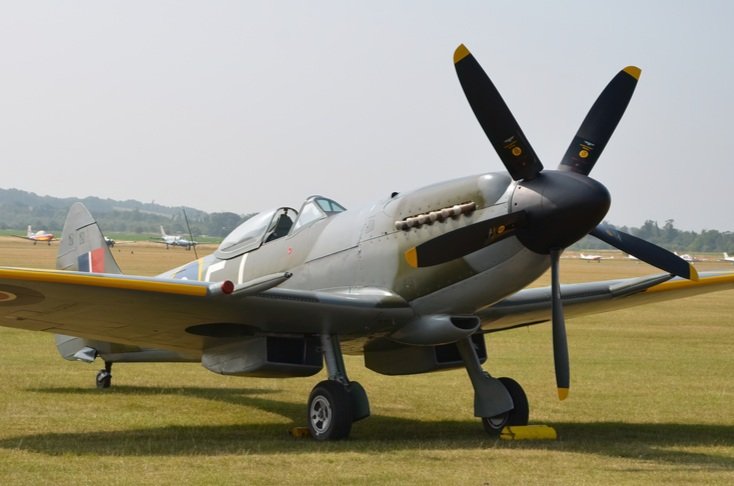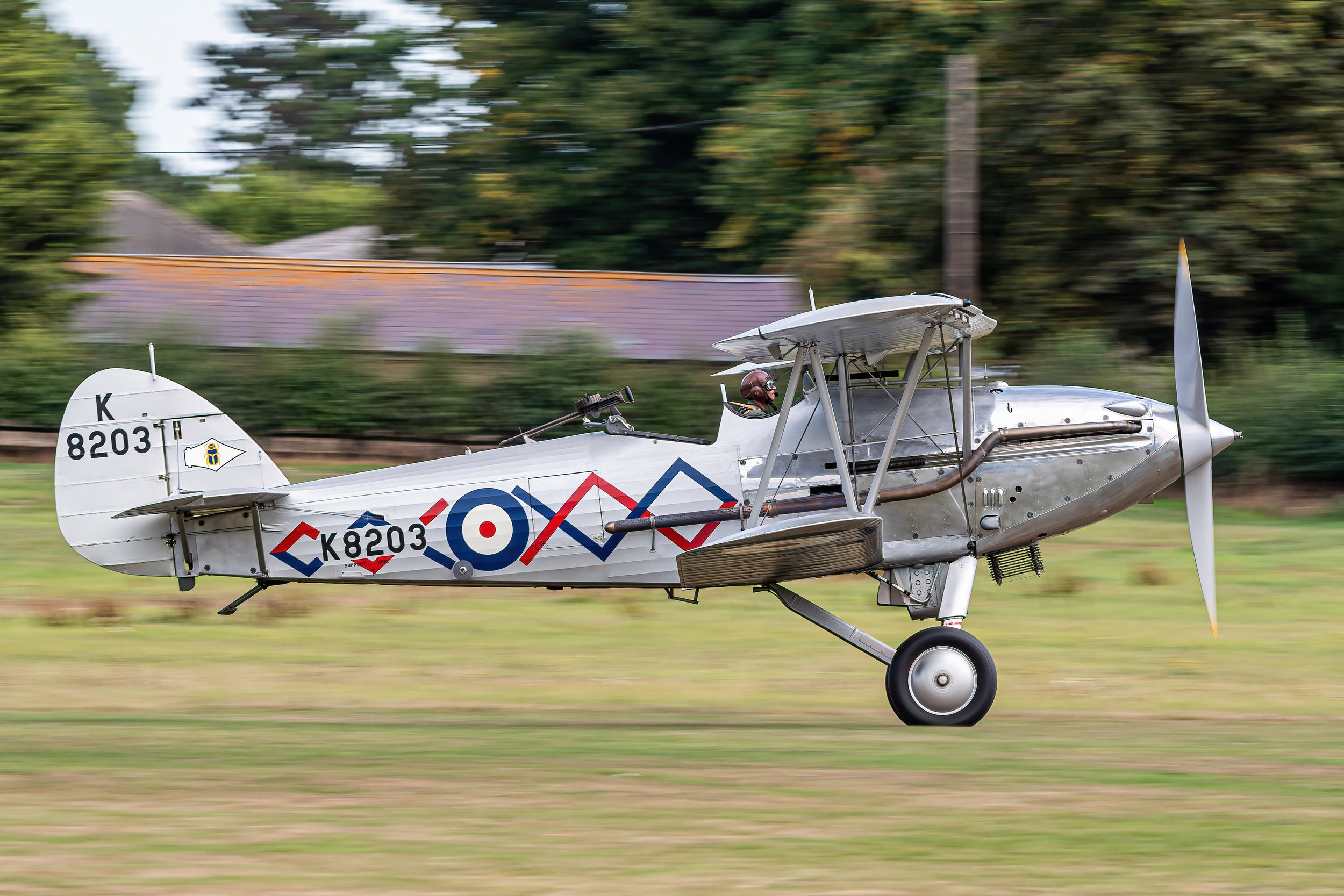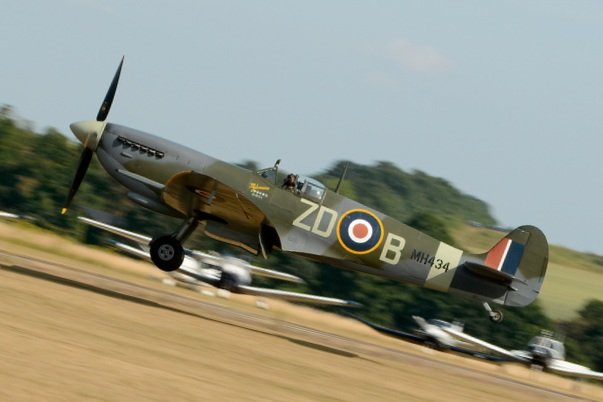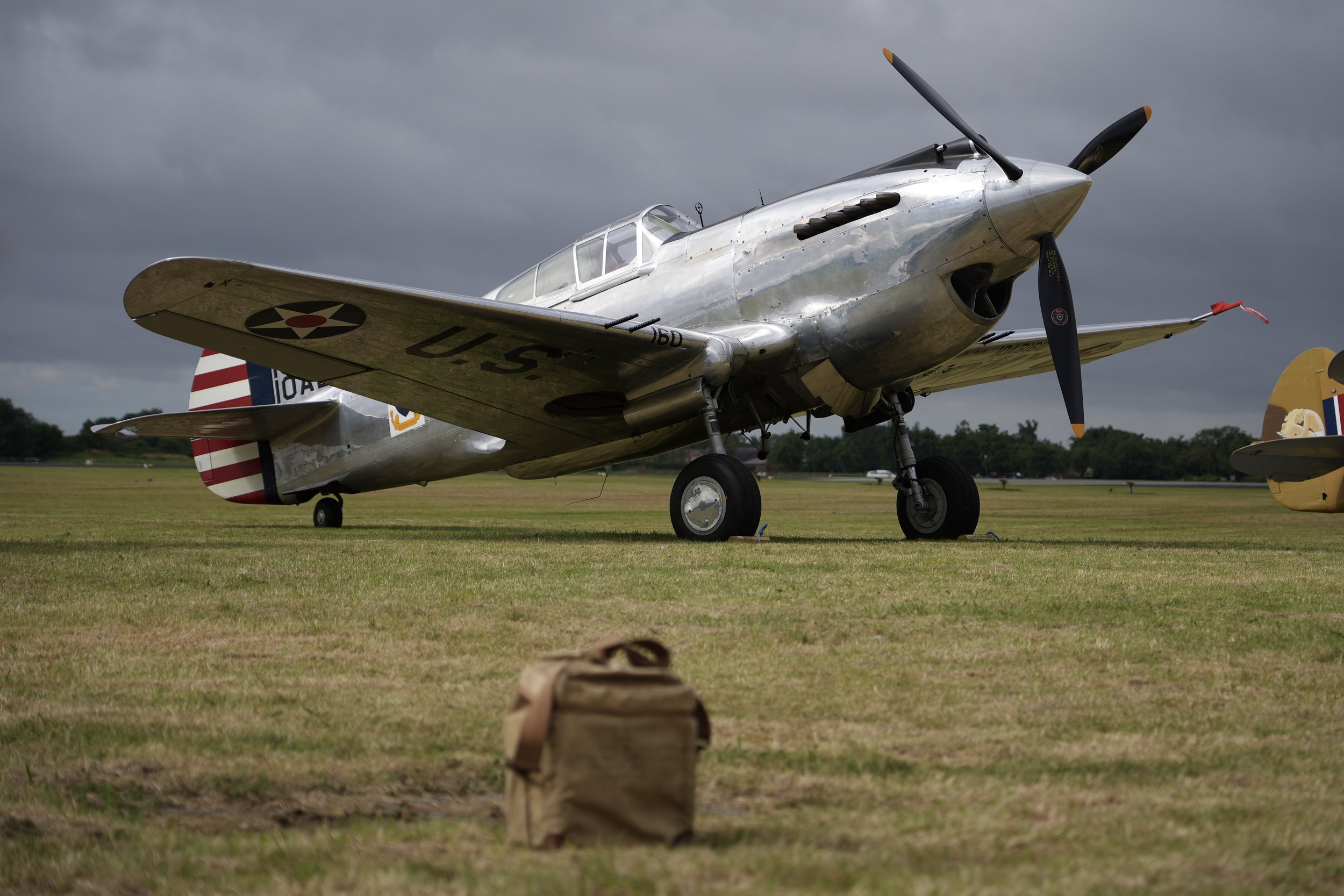Electra Junior G-AFTL
Year built
1938
Aircraft
Electra Junior
Base
Sywell Aerodrome
The world’s most historic photo-reconnaissance aircraft, Sidney Cotton’s Lockheed 12A G-AFTL. The Electra Junior is the very machine used by Cotton to photograph military installations in the German Reich shortly before the outbreak of war in 1939. After being ferried across the Atlantic the hugely historic Lockheed will be operated by the Aero Vintage Academy at La Ferté Alais, 26 miles south of Paris.
Sidney Cotton, an Australian businessman, inventor, engineer and adventurer who had devised the Sidcot flying suit during the summer of 1916 while flying with the Royal Naval Air Service got into the aerial survey business while seal and game-spotting in Canada after the First World War, and subsequently turned to aerial photography, particularly over National Park sites such as the Grand Canyon. In 1938, back in the UK, he started the aerial survey company Aerofilms, flying from Heston, and was recruited by Frederick W. Winterbottom of MI6 to take clandestine photographs of the German military build-up. Winterbottom had been a regular visitor to Germany, and as an apparent Nazi sympathiser was welcomed into the highest circles of the Third Reich, meeting Adolf Hitler, Hermann Göring and Luftwaffe top brass Erhard Milch and Albert Kesselring, all the while gathering enormous amounts of information on the Luftwaffe and the intentions of the German military.
The 1936-built Lockheed last crossed the Atlantic west to east in early May 1939 on the SS Aquitania and was reassembled at Southampton’s Eastleigh Airport by Cunliffe-Owen Aircraft, forsaking its natural metal finish for a less obtrusive overall green scheme with red trim. On 15 May it became G-AFTL, the certificate of registration being to British Airways to cover up its true purpose. Two supplementary 70-gallon fuel tanks boosted the range to 1,600 miles, and Airwork at Heston installed hatches under the rear fuselage behind which three F24 cameras were fitted. Activation was by a button under the pilot’s seat.
Cotton’s wealth and status were put to good use as he flew ’FTL on ‘location scouting sorties’ for his film company, beginning with flights during June 1939 over the Middle East and North Africa, taking pictures over Sicily, Italian Somaliland and the Libyan coast. During mid-July Leica cameras were fitted behind sliding panels in the wings, and on the 26th Cotton flew from Heston to Berlin Tempelhof, returning the following day having taken pictures on both the outward and return flights. Although the flight plans were supposed to be dictated by the Germans, the urbane and persuasive Cotton managed to get away with flying off-track and over various military installations. On one occasion, Winterbottom introduced Cotton to the commander of Tempelhof Airport, who asked Cotton if he would take him up on a trip in the Lockheed.
“Although still a civilian aeroplane, the Lockheed did an enormous amount to improve the RAF’s reconnaissance capabilities”
Permission was obtained for them to fly over the Rhine at Mannheim, which was a restricted zone. Cotton photographed the entire area, and on the return trip captured important pictures of the German fleet anchored at Wilhelmshaven. Another sortie saw Cotton allowing Albert Kesselring to fly the Lockheed from the right-hand seat while Cotton surreptitiously operated the cameras from under the left-hand seat, taking pictures of the military airfield from which they were operating.
On 24 August 1939, ’FTL was the last British aircraft to leave Germany, pictures being taken on the way back to Heston. Further reconnaissance flights were made over Heligoland and Sylt on 29 August, and the docks at Wilhelmshaven on 29 August, just three days before the outbreak of hostilities. On 17 September Cotton presented the Air Ministry with pictures taken unofficially along the length of the Dutch coast five days earlier and was commissioned into the RAF as an acting wing commander and engaged to set up the service’s Photographic Development Unit at Heston.
The following month the Lockheed, although still a civilian aeroplane, was delivered to the unit, which was inevitably to become known as ‘the Cotton Club’ and did an enormous amount to improve the RAF’s reconnaissance capabilities. G-AFTL continued to fly important sorties, including a 12 April 1940 mission along the south coast of England testing the efficiency of the aircraft reporting system. Flights all over France continued well after the end of the ‘phoney war’, ’FTL venturing as far as Marseilles on 11 June, finally returning to Heston via Jersey on 18 June. After the expiry of its airworthiness certificate on 25 August, ’FTL was badly damaged at Heston during the evening of 19 September when the hangar in which it was residing was hit by a parachute mine.
After being shipped back to the Lockheed factory at Burbank, southern California for repairs, ’FTL was sold on and registered NX21707.
On the afternoon of 27 March 2023, Lockheed 12A G-AFTL (c/n 1203) made the first flight in years from Sywell Aerodrome (UK).
| Back to Top |
Lockheed Model 12 Electra Junior
The Lockheed Model 12 Electra Junior, more commonly known as the Lockheed 12 or L-12, is an eight-seat, six-passenger all-metal twin-engine transport aircraft of the late 1930s designed for use by small airlines, companies, and wealthy private individuals. A smaller version of the Lockheed Model 10 Electra, the Lockheed 12 was not popular as an airliner but was widely used as a corporate and government transport. Several were also used for testing new aviation technologies.
After Lockheed had introduced its 10-passenger Model 10 Electra, the company decided to develop a smaller version that would be better suited as a "feeder airliner" or a corporate executive transport. At the same time, the U.S. Bureau of Air Commerce had also sensed the need for a small feeder airliner and announced a design competition for one. In order for a candidate to qualify for the competition, a prototype had to fly by June 30, 1936.
Lockheed based its candidate, which is named the Model 12 Electra Junior, around a scaled-down Electra. It would carry only six passengers and two pilots but would use the same 450 hp (340 kW) Pratt & Whitney R-985 Wasp Junior SB radial engines as the main Electra version, the 10A. This made it faster than the Electra, with a top speed of 225 mph (362 km/h) at 5,000 ft (1,500 m). Like the Electra, the Model 12 had an all-metal structure, trailing-edge wing flaps, low-drag NACA engine cowlings, and two-bladed controllable-pitch propellers (later changed to constant-speed propellers). It also had Electra's twin tail fins and rudders, which were becoming a Lockheed trademark. The landing gear was a conventional tail-dragger arrangement, with the main wheels retracting back into the engine nacelles; as was often the case with retractable gear of the period, the wheel bottoms were left exposed in case a wheels-up emergency landing was necessary, or the pilot simply forgot to deploy his novel landing gear.
As in the Electra and the Boeing 247, the Model 12's main wing spar passed through the passenger cabin; small steps were placed on either side of the spar to ease passenger movement. The cabin had a lavatory in the rear. Although the standard cabin layout was for six passengers, Lockheed also offered roomier, more luxurious layouts for corporate or private owners.
The new transport had its first flight on June 27, 1936, three days before the competition deadline, at 12:12 PM local time, a time deliberately chosen for the Model 12's number. As it turned out, the other two competition entries, the Beechcraft Model 18 and the Barkley-Grow T8P-1 weren't ready in time for the deadline, so Lockheed won by default. The "Electra Junior" name did not catch on in the way that the original Electra's name had. Most users simply referred to the aircraft by its model number, as the Lockheed 12.
The original Lockheed 12 version, with Wasp Junior engines, was the Model 12A. Almost every Lockheed 12 built was a 12A or derived from the 12A. There was also a Model 12B, using 440 hp (330 kW) Wright R-975-E3 Whirlwind radials, but only two of these models were built. Although Lockheed had also announced a Model 12F, powered by Wright R-760 Whirlwind seven-cylinder radials, and a Model 12M, powered by 290 hp (220 kW) Menasco six-cylinder inline engines, neither of these versions reached production.
| Back to Top |
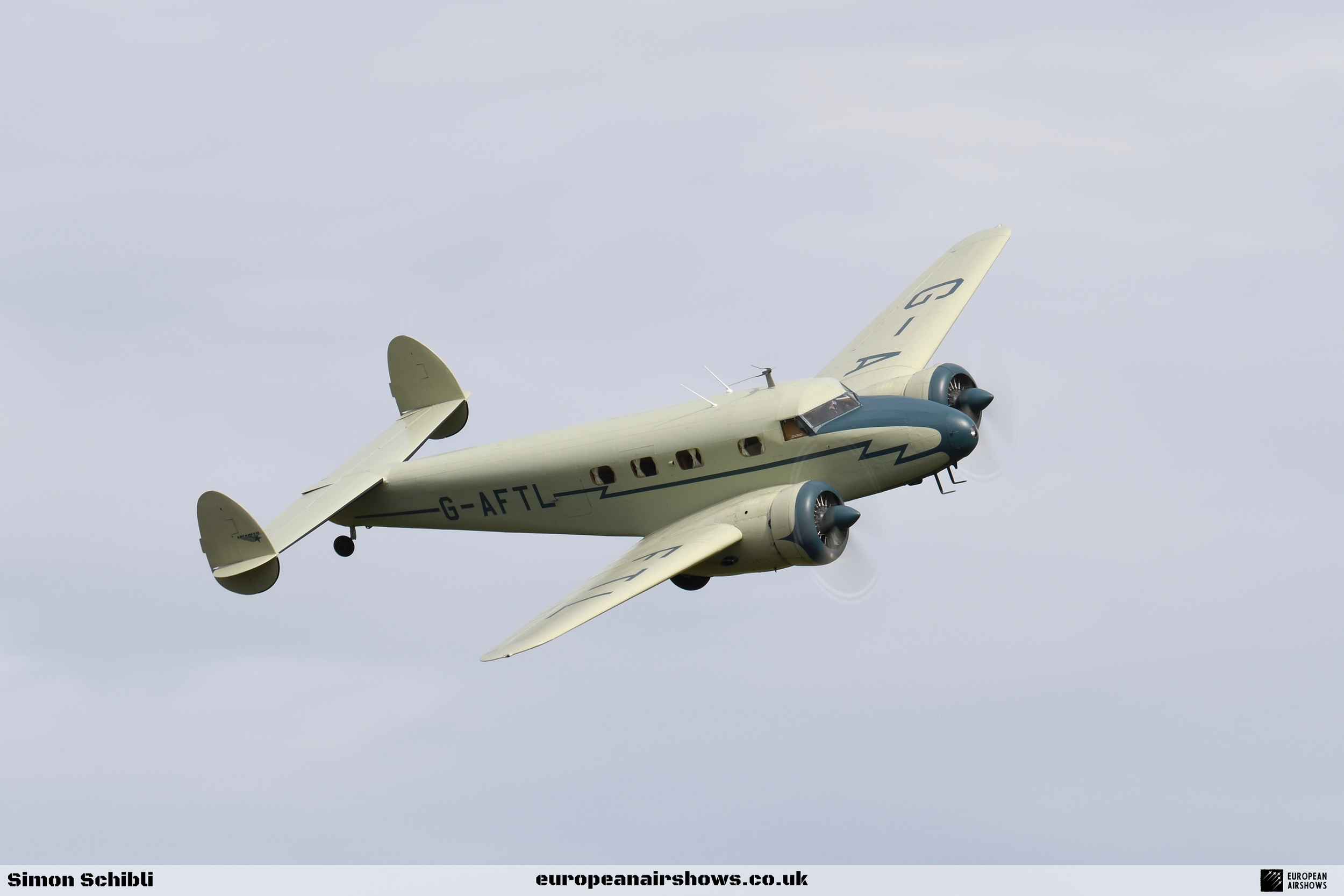
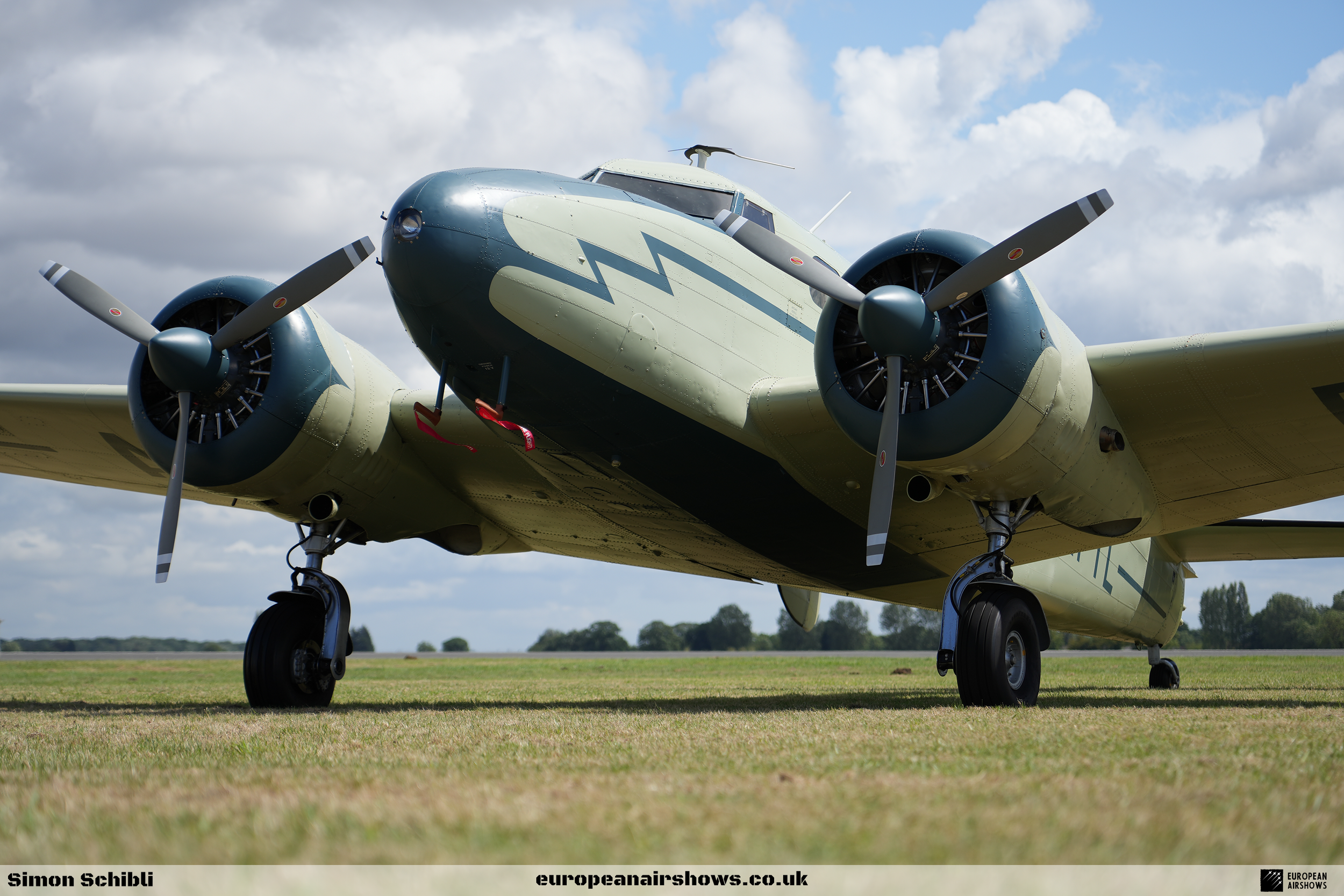
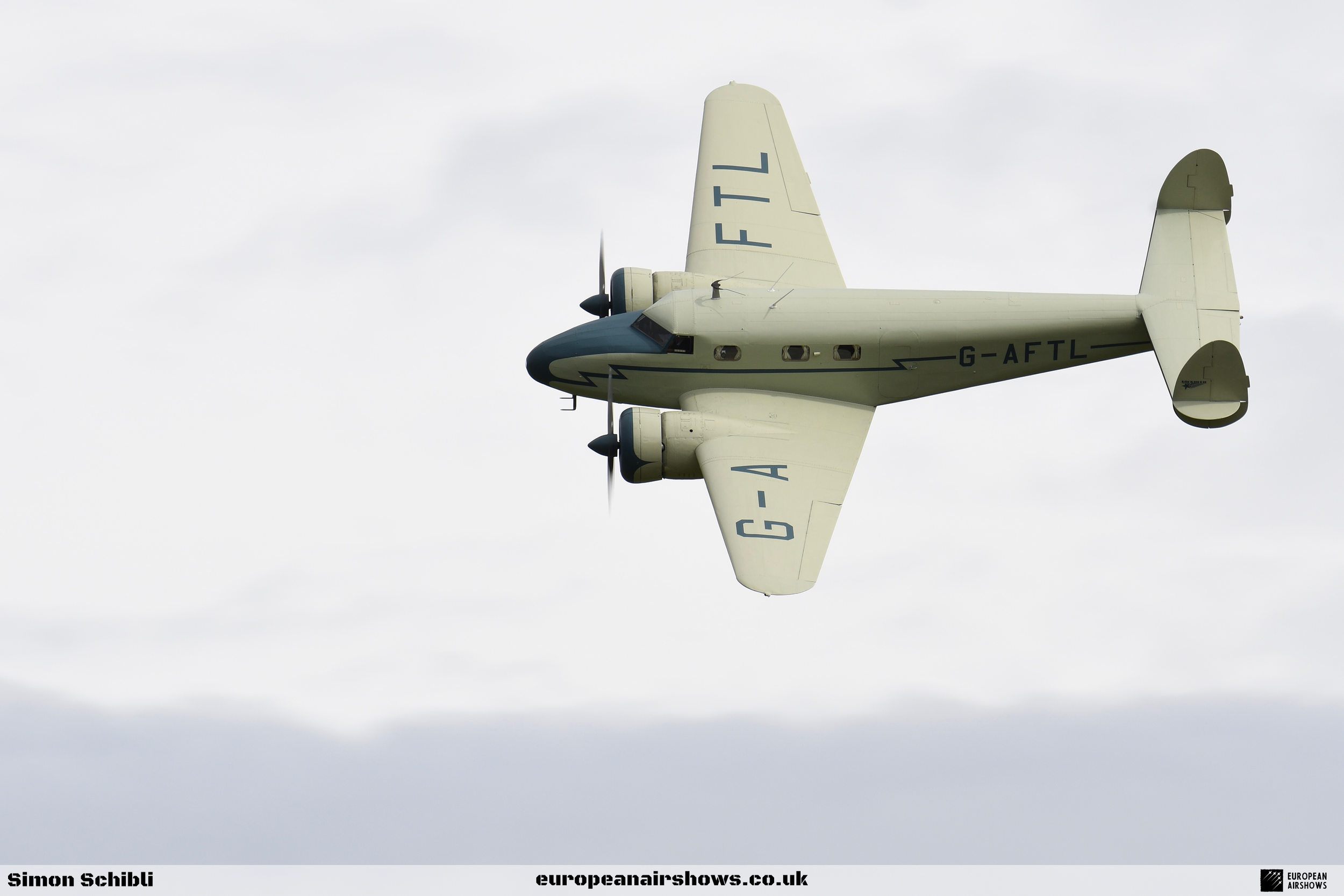
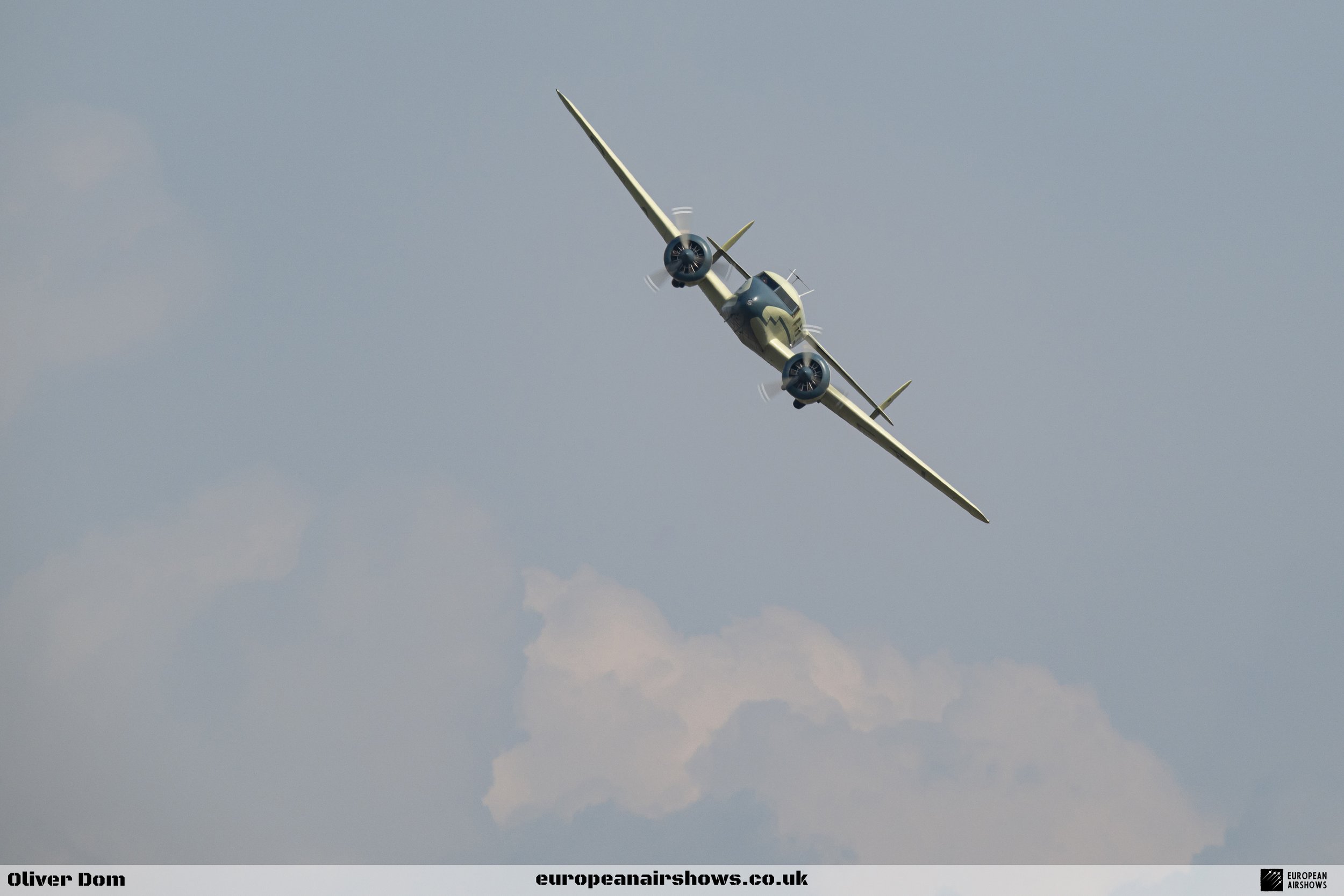
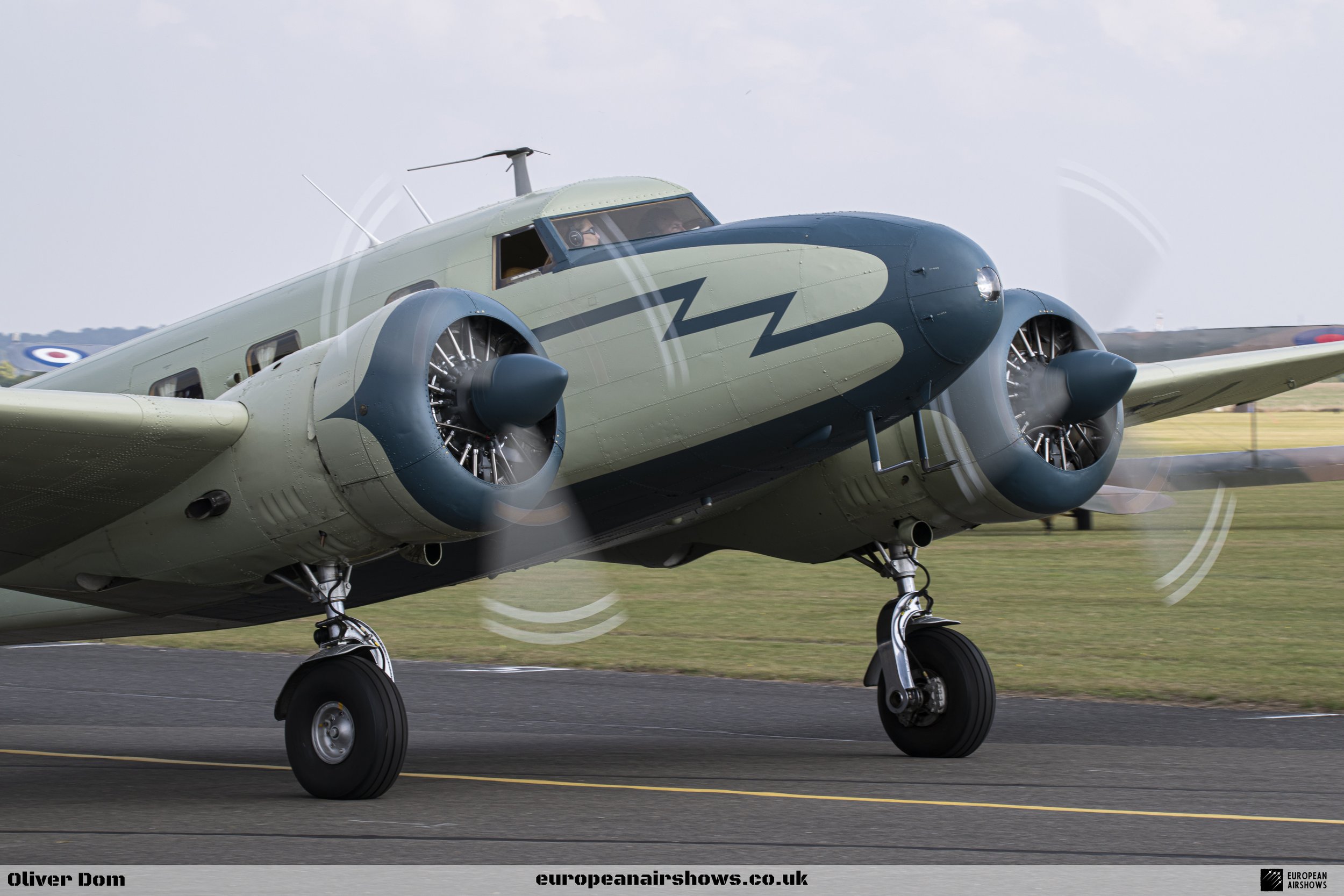

| Back to Top |






















